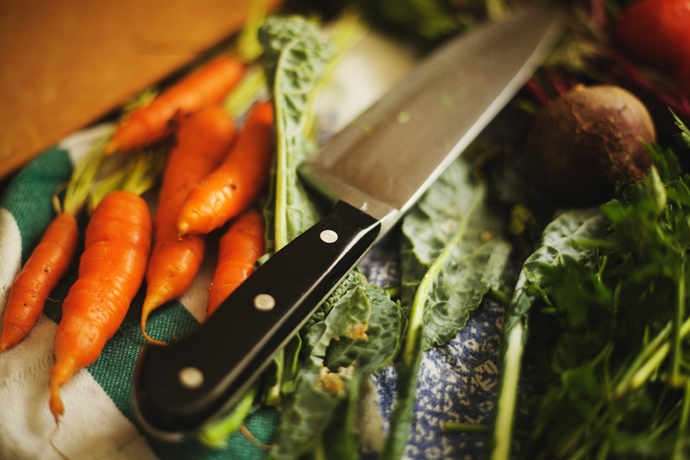
While a blog post pales in comparison to real-life instruction, I figured it could definitely help a few of you out there, or at least inspire you to take a class of your own to get the real deal tips which will help make you faster and smoother during meal prep.
The very first thing I learned is that I’ve been holding my knife wrong all these years. Like most people, I had been holding the whole handle in my palm, using my index finger for leverage on top of the blade (major no-no), and the rest of my fingers wrapped around the handle. Wrong! This is how you hold a knife.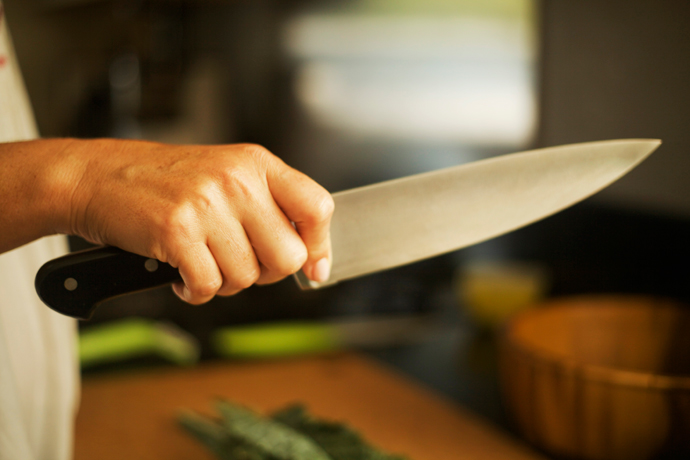
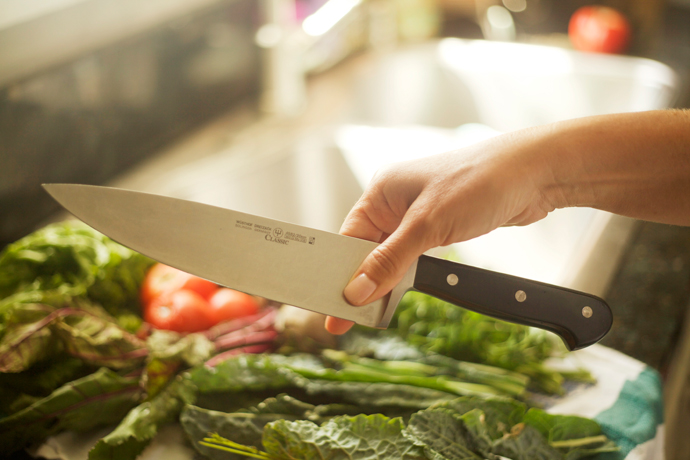
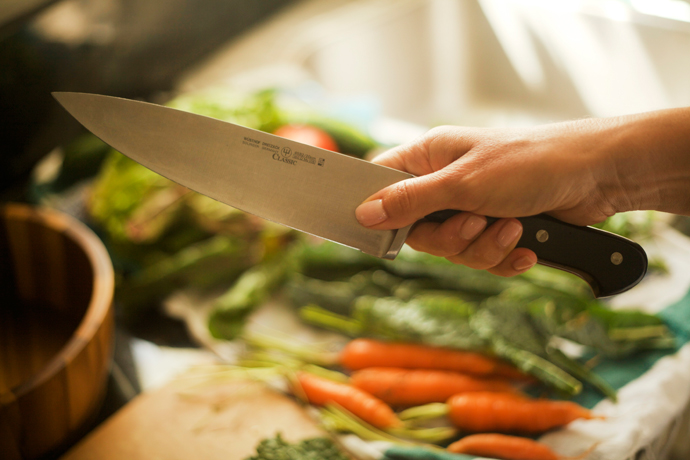
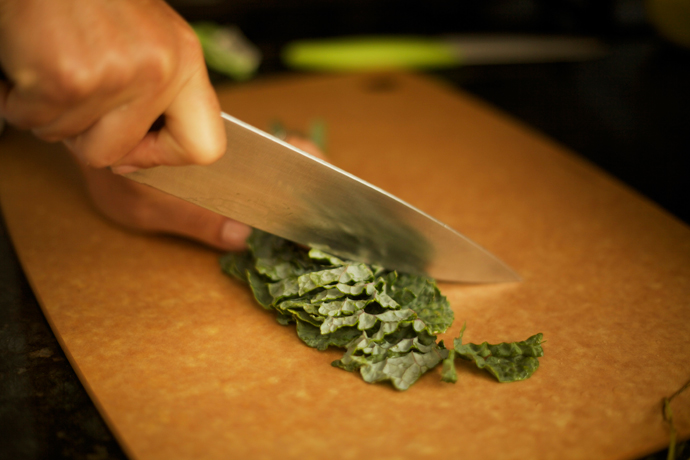
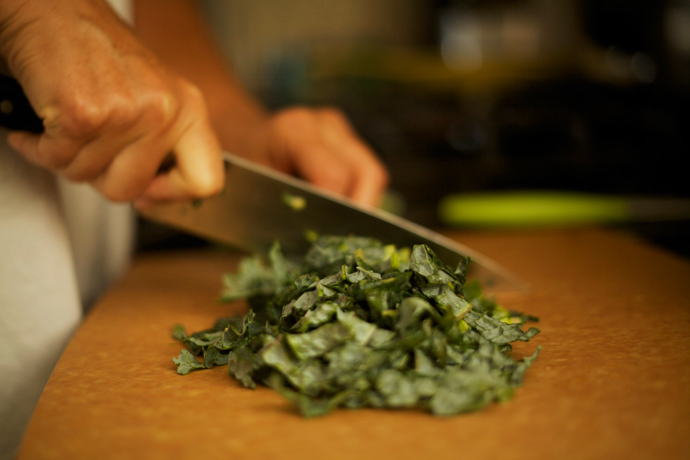
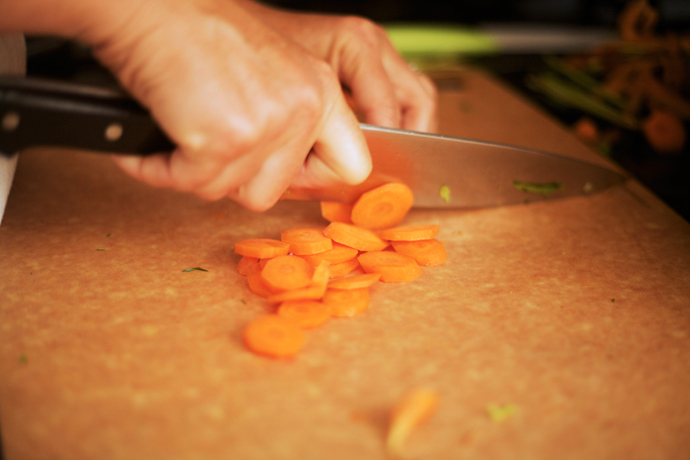
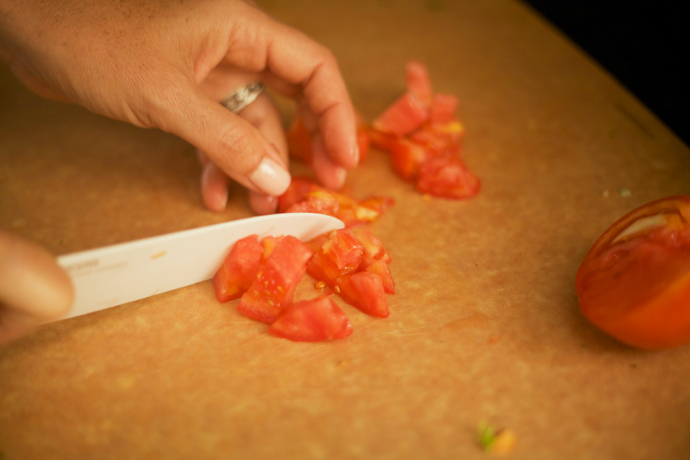
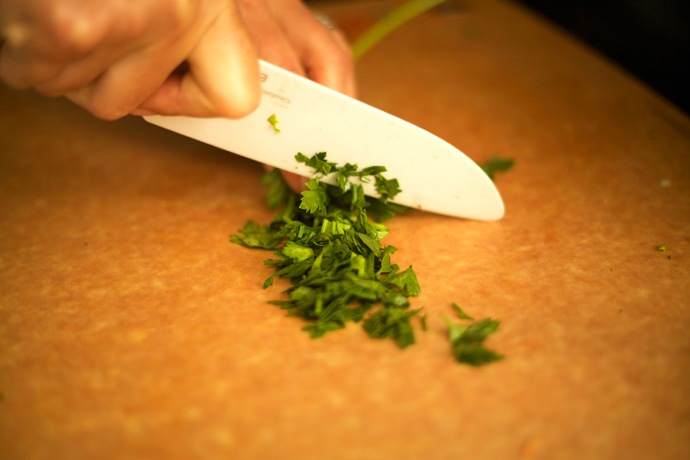
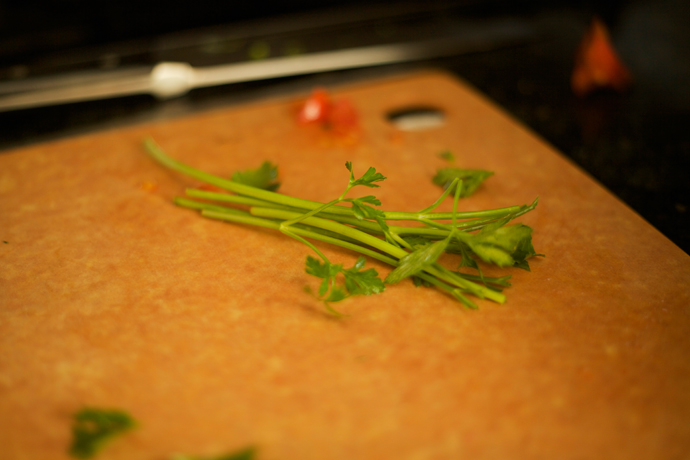
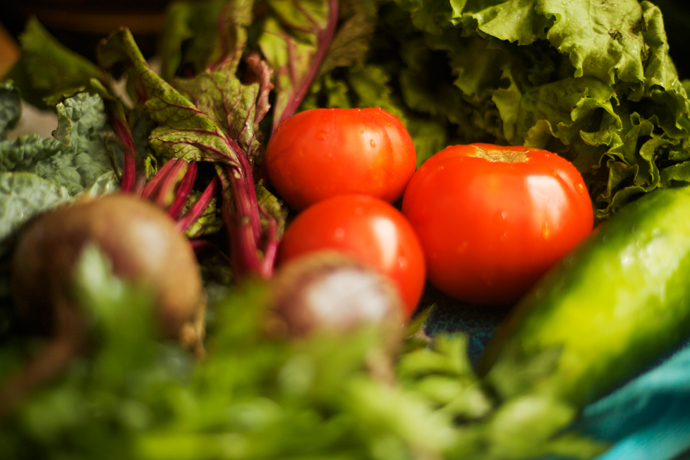
I have to admit, I expected to learn a few more secret chef’s tricks on how to make myself faster or prevent silly problems like stopping foods from sticking to my knife, but really, I learned that chopping and dicing is pretty simple, it just takes practice. There aren’t always short-cuts for everything, and even classically trained chefs still have starchy foods stick to their knives. It was a great class that I’m so glad I took, even if it just taught me how to properly hold my knife and how to slice a non-rolling carrot!
Tomorrow I’ll share a recipe for the yummy salad I’m shown making in this post, and later in the week I’ll share some of my favorite, use everyday kitchen items, so you can start making your Christmas lists. But first, do you have any other knife skills tips and tricks to share? If so, please leave a comment!

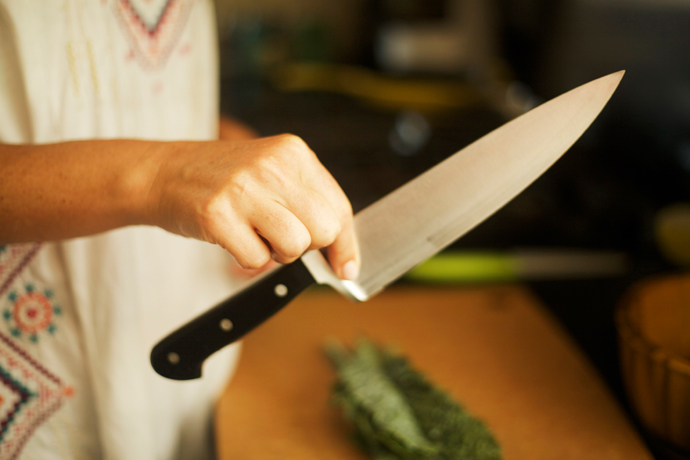

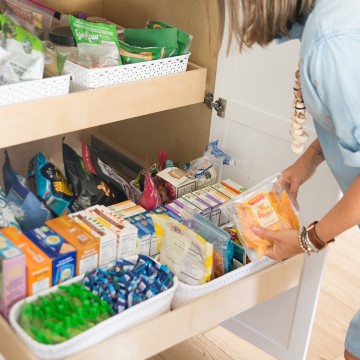
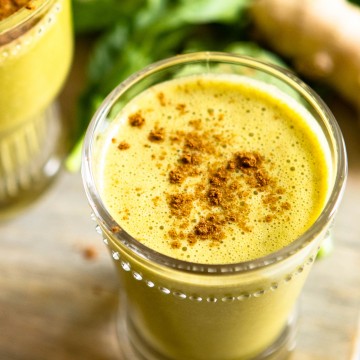
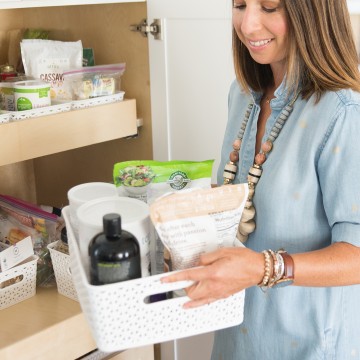
Karri says
I am shocked that I’ve actually been mostly doing it correctly! Did they get into brands of knives that are better than others? Or types (ceramic vs regular?) I am in the market for some new knives.